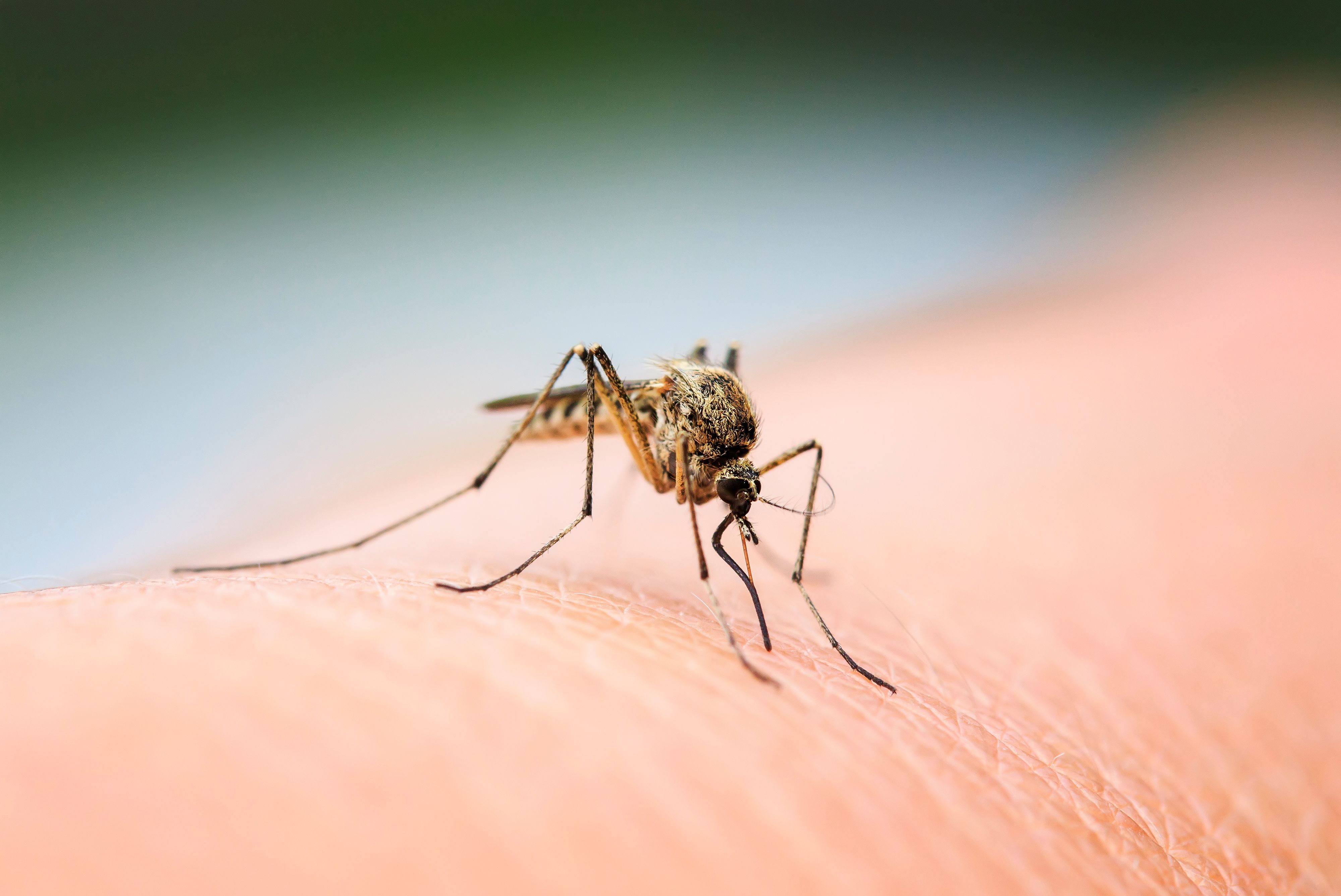Exploring Mosquito Olfactory Preferences with Whole Body Volatilomics
In a talk at ASMS 2023, Stephanie Rankin-Turner of the Johns Hopkins Bloomberg School of Public Health detailed how thermal desorption–gas chromatography–mass spectrometry (TD–GC–MS) analyzed the body odor of humans to quantify mosquitos' attraction to them.
Stephanie Rankin-Turner of the Johns Hopkins Bloomberg School of Public Health in Baltimore, Maryland, USA presented a groundbreaking study at ASMS 2023, shedding light on the chemical basis of mosquito attraction to humans (1). The work of Rankin-Turner, Diego Giraldo, and Conor McMeniman, titled "Exploring Mosquito Olfactory Preferences with Whole Body Volatilomics," unveils a novel approach to identify key chemical features that drive mosquitoes' differential attraction to different individuals. The findings could pave the way for the development of chemical-based mosquito trapping methods and the discovery of new mosquito attractants and repellents.
nasty insect mosquito sitting on her hand and drinks the blood of the pierced skin | Image Credit: © nataba - stock.adobe.com

Mosquitoes, particularly the African malaria mosquito Anopheles gambiae, rely on a combination of physical and chemosensory cues to locate humans for blood feeding. One critical cue is the complex blend of volatile organic compounds (VOCs) emitted through exhaled breath and skin. It is well-known that mosquitoes show varying preferences for different individuals, putting some at a higher risk of mosquito-borne diseases. However, the specific chemical basis for this differential attraction has remained elusive.
READ MORE: LCGC's exclusive interview with Stephanie Rankin-Turner about this study.
To unravel this mystery, the research team constructed a large-scale semi-field system in Macha, Zambia. The system allowed for the simultaneous study of whole body volatilomics, which involves analyzing the VOCs emitted by human bodies, and quantifying mosquito attraction to humans. Six tents containing sleeping participants were equipped with thermal desorption–gas chromatography–mass spectrometry (TD–GC–MS) systems to collect whole body odor samples onto sorbent tubes. Concurrently, the participants' odor was directed into a central flight cage housing 200 mosquitoes, enabling the quantification of mosquito attraction using an infrared video tracking system.
The team utilized partial least squares discriminant analysis (PLS-DA) to correlate specific VOC components of whole body emissions with high and low attractiveness to mosquitoes. The preliminary data revealed distinct chemical differences between individuals who were highly attractive to mosquitoes and those who were less attractive. Participants who ranked as more attractive exhibited higher levels of various chemical compounds, notably carboxylic acids and the methyl ketone acetoin, in their whole body odor. In contrast, the least attractive participant emitted larger amounts of eucalyptol, a known mosquito repellent and deodorizer. These findings suggest that the abundance of highly attractive compounds and the presence of repellents contribute to the differential attraction of mosquitoes to different individuals.
By identifying these key chemical features, the researchers have made significant strides in understanding mosquito olfactory preferences. The newfound knowledge opens doors to the development of innovative mosquito control strategies and the discovery of novel attractants and repellents. Ultimately, this research brings us closer to mitigating the risks of mosquito-borne diseases and protecting vulnerable populations.
For more coverage of ASMS 2023, click here.
Reference
(1) Rankin-Turner, S.; Giraldo, D.; McMeniman, C. Exploring Mosquito Olfactory Preferences with Whole Body Volatilomics. Presented at the 71st American Society for Mass Spectrometry Conference on Mass Spectrometry and Allied Topics, Houston, Texas, June 7, 2023.
Detecting Hyper-Fast Chromatographic Peaks Using Ion Mobility Spectrometry
May 6th 2025Ion mobility spectrometers can detect trace compounds quickly, though they can face various issues with detecting certain peaks. University of Hannover scientists created a new system for resolving hyper-fast gas chromatography (GC) peaks.
Altering Capillary Gas Chromatography Systems Using Silicon Pneumatic Microvalves
May 5th 2025Many multi-column gas chromatography systems use two-position multi-port switching valves, which can suffer from delays in valve switching. Shimadzu researchers aimed to create a new sampling and switching module for these systems.
New Method Explored for the Detection of CECs in Crops Irrigated with Contaminated Water
April 30th 2025This new study presents a validated QuEChERS–LC-MS/MS method for detecting eight persistent, mobile, and toxic substances in escarole, tomatoes, and tomato leaves irrigated with contaminated water.

.png&w=3840&q=75)

.png&w=3840&q=75)



.png&w=3840&q=75)



.png&w=3840&q=75)


